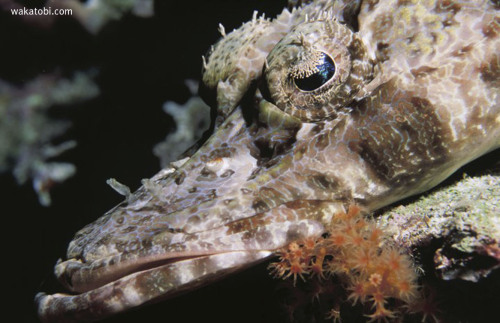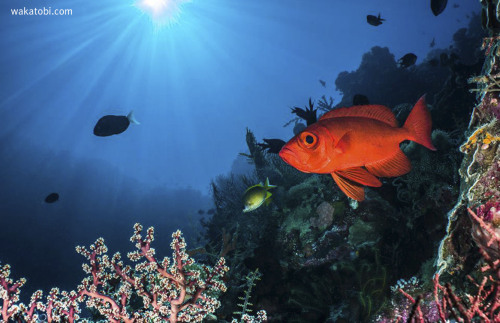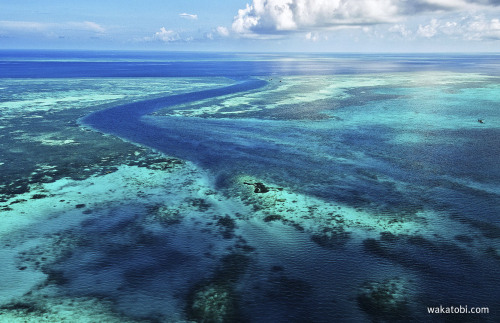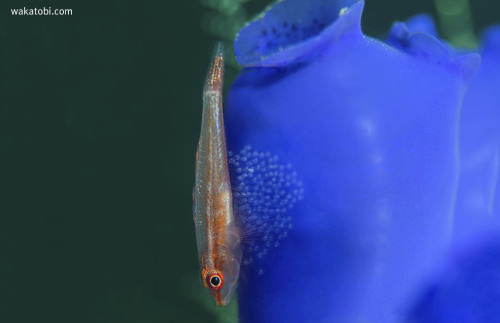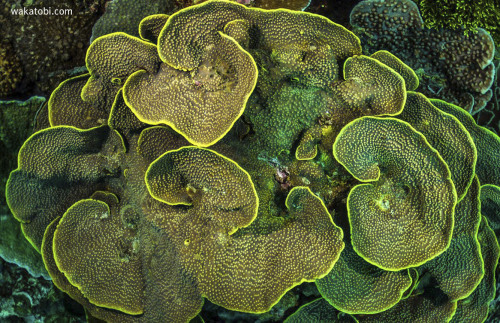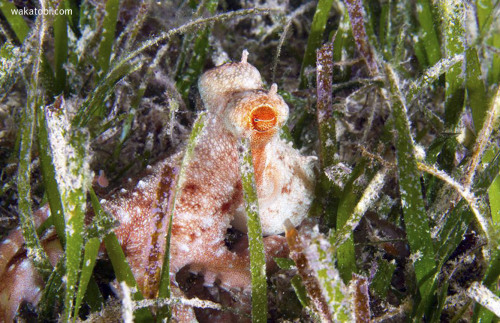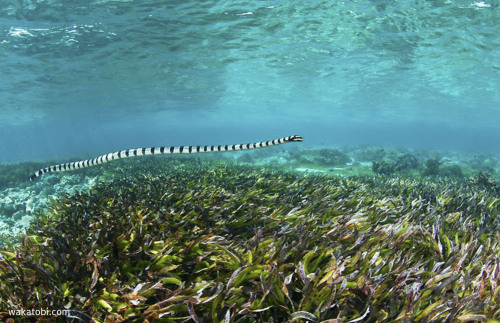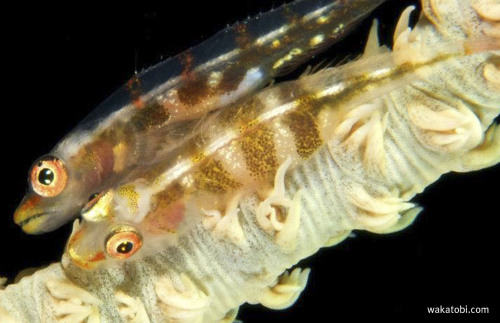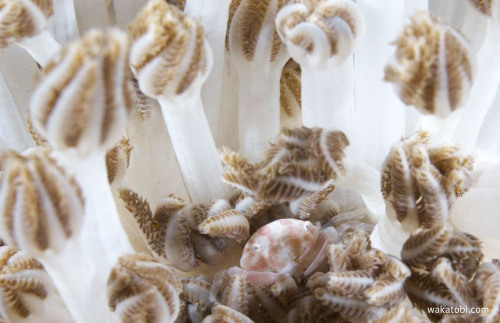#snorkeling
Happy Day! #NoPlaceLikeHome #philippines #bohol #pilipinas #visayas #earthday #snorkeling (at )
Post link
As the name implies, this fish looks like a reptile. It rests on the substrate and patiently waits from fish or crustaceans to stumble past. It occurs in sea grass meadows, mangrove swamps and near coastal reefs, where it often occurs on reef flats. Adult crocodile fish have a distinct pit behind the eye and the sides of the head behind the eyes are concave when viewed from above, this differentiates them from most of the other members of the flathead family (family Platycephalidae). Asa juvenile, they are black, while they become mottled overall as they get larger. (Photograph: Paul Sutherland)
Post link
Mates for life, the Shrimp and the Goby have a mutually symbiotic relationship: They depend on each other to survive. The shrimp and goby are an amusing little couple, whose burrows are often found on coral overhangs or on a patch of sand or coral rubble. They have an interesting relationship and a very clear division of labor: The shrimp is virtually blind, but is an amazing burrower and a very hard worker. She works all day to maintain a tunnel that she will share with the goby, who needs a safe haven for protection. On the other hand, the goby acts as watchmen outside the tunnel, guarding the burrow, watching for prey or predator while the shrimp continues to ‘clean house’. (Photograph: Doug Richardson)
Post link
The barracuda is an opportunistic predator, feeding only on other animals in the surrounding water. The carnivorous barracuda primarily
feeds on smaller species of fish, marine invertebrates, crustaceans and
squid, which the barracuda usually ambushes with tremendous power.
(Photograph: Deborah Leenutaphong)
Post link
Seemingly wide-eyed in wonder, an aptly-named Big Eye hovers over a cluster of soft coral. The delicate white polyps are reminiscent of bare tree
branches covered in snow. Of course, Wakatobi’s balmy water temperatures
give the illusion away. (Photograph: Wayne MacWilliams)
Post link
The name Manta means blanket. The movement of the fins through the water is very similar to that of a bird flapping its wings. They are extremely fast swimmers and also considered to be one of the most graceful as they move around. If you don’t look quickly though one can be gone before you realize it was there. While the Manta Ray has many rows of sharp teeth, they aren’t used for eating. Instead they have a filtering system. It doesn’t have a nose. (Photograph: WDR)
Post link
More than a decade ago Wakatobi dive resort created a marine reserve, which protects over twelve miles of reef and provides an ideal environment for pygmy seahorses to thrive. These reefs are now known as one of the most prolific areas for witnessing various species of pygmies. (Photograph: Didi Lotze)
Post link
Just as tunicates are attached to other living animals, fish and other invertebrates will sometimes attach to the tunicate. For example, this goby has affixed its cluster of eggs to the body of the tunicate. (Photograph: Richard Smith)
Post link
You may not think so but sponges actually have skeletons. Their skeleton is
made up of a network of tiny glass like structures called spicules.
Unlike corals, when sponges die their skeletons dissolve back into the
water. While corals leave a solid skeleton for other things to grow on, a
sponge’s skeleton will rapidly break down and become part of the bottom
sediment. (Photograph: Warren Baverstock)
Post link
Boxfish swim in a manner that looks like they are rowing. They are very closely linked to the puffer-fish and the file-fish. Because of its unique ability to secrete poison from its skin, the taxonomist Halsted (1967) proposed a new category called ‘ichthyorcrinotoxic fishes’ which defines them as fish that produce poisons by glandular secretion but don’t have a venom apparatus such as a sting or a spine. (Photograph: Adam Middlemass)
Post link
The coral and the zooxanthellae algae maintain a mutualistic relationship. The coral provides the algae a protected environment, safe from the saturation of light and predation and allows the zooxanthellae to utilize the coral’s metabolic waste products to fulfill their dietary needs. In fact as much as 90% of the organic material photo-synthetically produced by the zooxanthellae is transferred directly to the host coral tissue. (Photograph: Wayne MacWilliams)
Post link
Other resident invertebrates include a variety of marine worms, crustaceans, and mollusks, including everyone’s favorite, the octopus. While they are often found lurking in the meadows it can take a keen eye to spot one of these masters of camouflage. And when these little cephalopods are encountered, they might appear to blush through the embarrassment of actually being discovered. (Photograph: Walt Stearns)
Post link
Sea kraits use their elongate bodies and small heads to probe cracks, crevices, and small openings in the coral matrix in order to forage for eels. After a meal, the swimming ability of the banded sea krait is impaired and it must immediately return to land to digest its prey or else be vulnerable to predators in the water. (Photograph: Warren Baverstock)
Post link
One of the critter kings, frogfish (aka anglerfish) are often photographed for a number of reasons - their various contrasting colours, textures and camouflages, their incredible hunting tactics and of course their down-turned mouths and muppet-like faces. Of course, the fact that they remain absolutely motionless for 90% of the time also helps the happy-snappers. (Photograph: Richard Smith)
Post link
The gaping mouth-like orifice of a tunicate can provide temporary shelter
for other marine animals such as small fish. This little guy is in no
danger of becoming dinner, as the tunicate’s feeding filters couldn’t
absorb a meal of this size. (Photograph: Richard Smith)
Post link
Whip Coral Gobies have a transparent body with orange to golden marks and live exclusive on the sea whips, often in pairs. They rarely move, instead relying on their camouflage to keep them protected, which makes the patient Photographer able to approach closely and experiment. (Photograph: Frank Owens)
Post link
Xenia soft coral crab lives its life in between the polyps of some of the species of the pulsating Xenia soft corals. These are a great place to look for hidden gems on a night dive. There are shrimps, crabs, nudibranchs and even filefish that make this their home and have camouflage that make them both beautiful and hard to find. A little patience is needed to scour the small patches of corals for these animals but it’s worth the effort. These corals tend to be found in the shallows, as they contain microscopic algae within their cells that require the sun’s light in order to survive. (Photograph: Richard Smith)
Post link
Some Opisthobranchs evolved with textures and colors that mimick surrounding plants to avoid predators. Others, as seen especially well on the nudibranchs chromodorids, have an intensely bright and contrasting color pattern that makes them especially conspicuous in their surroundings. This is believed to be an example of aposematic coloration; the shockingly bright coloration which warns potential predators that their prey-to-be is distasteful or poisonous. (Photograph: Eric Cheng)
Post link
Cancun and the mayan Riviera are full of hidden pleasures. Ecotourism is one of them and there are several excellent Ecological Parks and Preserves to choose from. Each has excellent activities and most have beaches to relax on. In addition, they have Swim With Dolphins programs and many other attractions at the parks.


